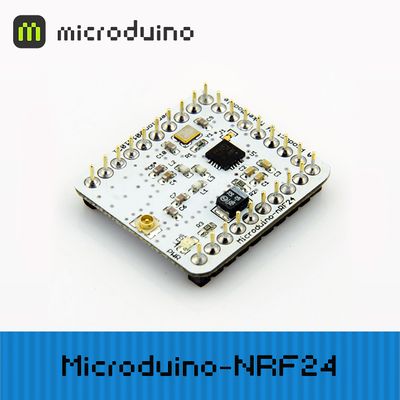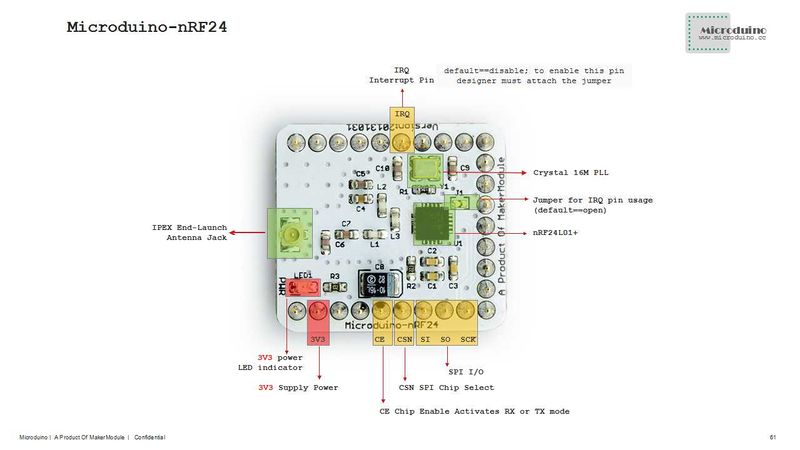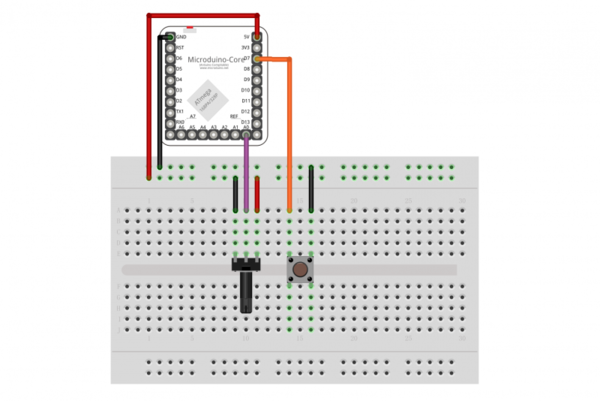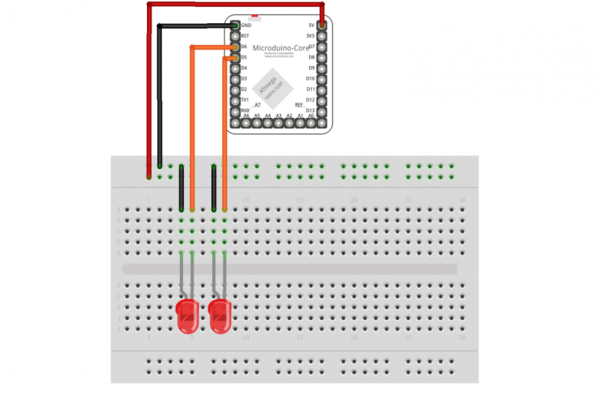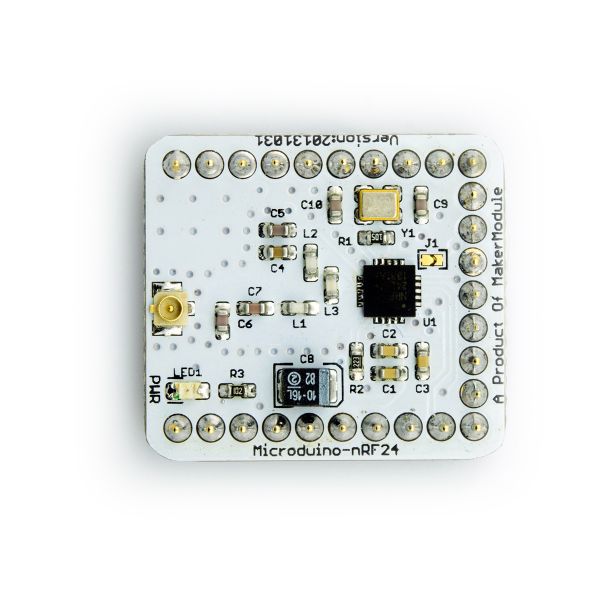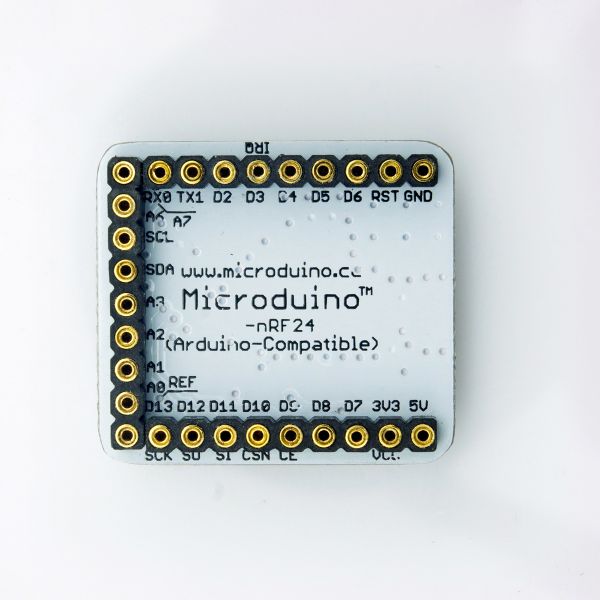Difference between revisions of "Microduino-Module nRF"
From Microduino Wiki
(→Specification) |
|||
| (3 intermediate revisions by 2 users not shown) | |||
| Line 21: | Line 21: | ||
==Specification== | ==Specification== | ||
| − | *Global open 2.4GHz ISM band with the maximum transmission power of 0DBM and | + | *Global open 2.4GHz ISM band with the maximum transmission power of 0DBM and free license to use. |
| − | free license to use. | ||
*Low operation voltage: 1.9-3.6 V. | *Low operation voltage: 1.9-3.6 V. | ||
*SMA antenna, easy to change. | *SMA antenna, easy to change. | ||
| Line 59: | Line 58: | ||
==Development== | ==Development== | ||
===Arduino library and support package=== | ===Arduino library and support package=== | ||
| − | *Use RF24 library, refer to RF24 library file and RF24Network library | + | *Use RF24 library, refer to RF24 library file and RF24Network library file: |
**https://github.com/Microduino/Microduino_Tutorials/tree/master/Microduino_Libraries/_03_Microduino_nRF_RF24 | **https://github.com/Microduino/Microduino_Tutorials/tree/master/Microduino_Libraries/_03_Microduino_nRF_RF24 | ||
**https://github.com/Microduino/Microduino_Tutorials/tree/master/Microduino_Libraries/_03_Microduino_nRF_RF24Network | **https://github.com/Microduino/Microduino_Tutorials/tree/master/Microduino_Libraries/_03_Microduino_nRF_RF24Network | ||
| Line 71: | Line 70: | ||
*Prepared hardware:Microduino FT232R, Microduino Core*2, Microduino Nrf24*2; | *Prepared hardware:Microduino FT232R, Microduino Core*2, Microduino Nrf24*2; | ||
*Prepared software:Microduino example program (Arduino part), Arduino IDE(1.0 release and upper), RF24 library, RF24Network library; | *Prepared software:Microduino example program (Arduino part), Arduino IDE(1.0 release and upper), RF24 library, RF24Network library; | ||
| − | *Copy the | + | *Copy the downloaded library to libraries folod of Arduino IDE; |
*Start Arduino IED, open Microduino example program, select board "Microduino Core (Atmega328P@16M,5V)", download directly; | *Start Arduino IED, open Microduino example program, select board "Microduino Core (Atmega328P@16M,5V)", download directly; | ||
*The sending and receiving wiring picture: | *The sending and receiving wiring picture: | ||
Latest revision as of 04:24, 4 August 2017
| Language: | English • 中文 |
|---|
|
Microduino-nRF24 is a high-speed embedded wireless data transmission module. | ||||||||||||||||||
ContentsFeatures
Specification
Pin Description
DocumentEagle PCB File:Microduino-nRF24.zip
Main Components
DevelopmentArduino library and support package
ApplicationDownload ProgramTest Program:File:Program Test NRF.zip Two Microduino core communicate via Nrf24
FQA
BugHistoryPictureVideo |
